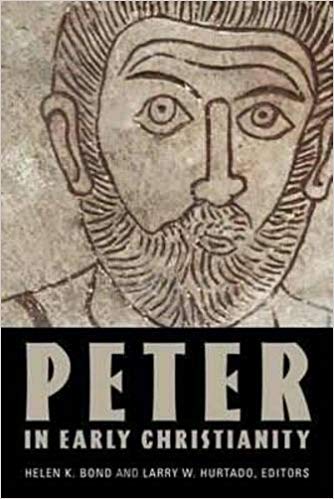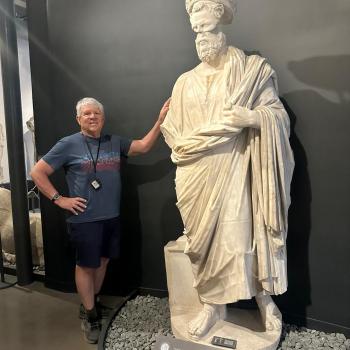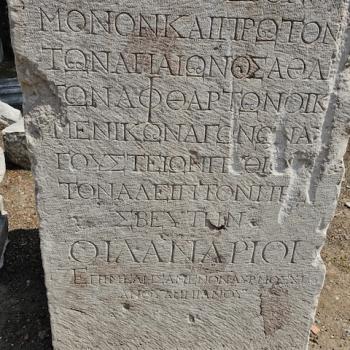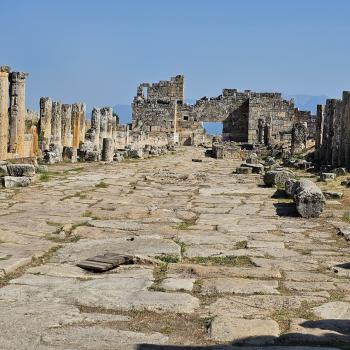Matthew Novenson’s article on ‘Why there are some Petrine Epistles Rather than None’ is interesting but can be dealt with briefly. He rightly notes that pseudepigrapha were harder to convincingly pull off than say pseudonymous Apocalypses. His arguments for why 1 Peter is likely not to be by Peter himself are weak. As he points out, 2 Peter reflects a knowledge of such a letter at least as early as the end of the first century, and then there is the testimony of Papias as found in Eusebius (H.E. 3.39.16) and also Polycarp in the early second century reflects a knowledge of 1 Peter (Phil. 1.3;2.1-2;5.3;7.2; 8.1-2; 10.2). Nor are his arguments that would place 1 Peter late in the first century convincing. The use of the term Babylon or the term Christian need not indicate lateness at all, since we already have the latter term in Acts and the former term is found also in Revelation. The fact that there are churches in various places in Asia Minor already by the 60s could have been concluded just by reading Paul’s letters and Acts. We need not posit a situation in the 90s. The fact that there are Peter motifs in 1 Pet. 2.4-8 cf. Mat. 16.18; 1 Pet. 5.1-5 cf. Mt. 26.37ff. and John 21.16 can more easily be accounted for by concluding 1 Peter IS by Peter than by supposing later cross-fertilization between 1 Peter and the Gospel of Matthew. And then there is the strong evidence of the allusions to 1 Peter and a broader knowledge of Peter’s life in the very early Apostolic Fathers.
Todd Still in his helpful article points out the knowledge of Peter’s life and martyrdom with Paul in 1 Clement 5.1-4; 47.1-3. In the latter Peter is actually called Cephas. 2 Clement 5.1-4 also reflects knowledge of Peter. Peter as an eyewitness of the resurrection is referenced as well as his martyrdom. Still also notes the quotes of Papias about Peter not only in Eusebius but also in Jerome and Philip of Side. Eusebius in fact is clear that Papias also used testimonies of Peter found in 1 Peter! (Papias 3.17=Eusebius H.E. 3.39.17). Still summarizes all of this saying: “Taken together, a rather full portrait of Peter emerges from the pages of the Apostolic Fathers.” Peter is portrayed as a good and faithful apostle, a noble example, a steadfast witness, the spokesman and leading representative for the disciples, an eyewitness of Jesus’ bodily resurrection, a teacher of the church, a mentor of Mark, the source of the Gospel of Mark, a letter writer, a Spirit-illuminated guide, and authority for the church paired with Paul, Andrew, and John. In short, Peter is seen as a pivotal person in early Christianity by the early post-Apostolic writers, and judgment which is surely correct.













